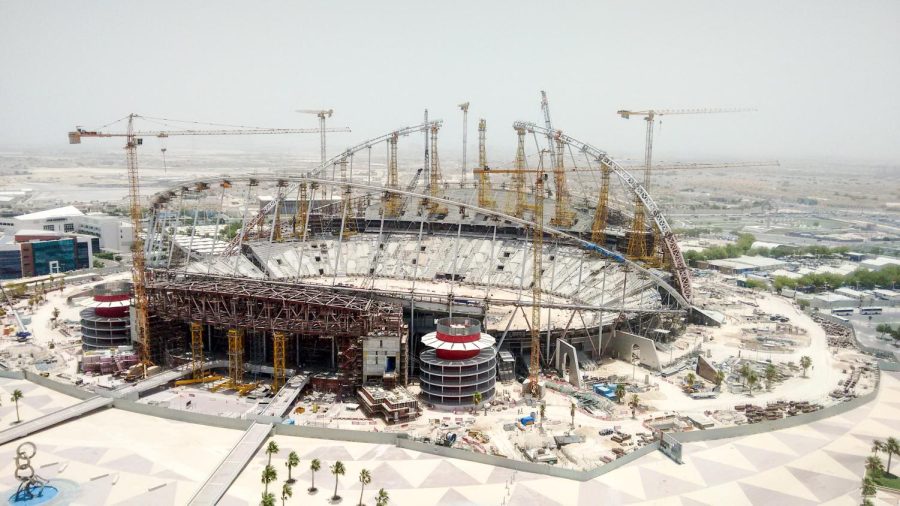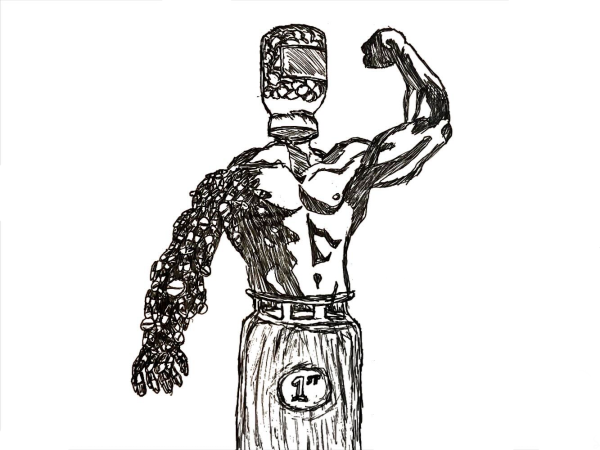The Atrocities Behind the 2022 Qatar World Cup
Before the 2022 World Cup even began, many Qataris already regretted hosting the tournament. What was supposed to be a celebration of international soccer talent and Qatari power quickly morphed into a national embarrassment. Qatar faced a barrage of criticism, ranging from its ban on beer sales to anti-LGBTQ laws. Amid all the controversy, a resurfaced 2021 Guardian investigation into Qatar’s migrant-labor system stunned the world. The report said that an unprecedented 6,500 foreign workers – many of whom were recruited for World Cup projects – had died in Qatar. According to the Guardian, most deaths were the result of mistreatment and lack of employer accountability. A closer look into Qatar’s treatment of migrant workers shows that labor exploitation must be addressed in future World Cup tournaments.
In 2010, Qatar won the bid to host the 2022 World Cup. The country’s emir – soccer-enthusiast Hamad bin Khalifa Al Thani – believed the tournament would propel the Arab microstate to global fame. Yet, fitting one of the biggest international sporting competitions in a country the size of Connecticut would not be easy. Concerns about its excruciating heat and lack of sporting infrastructure also jeopardized Al Thani’s vision. Brand-new stadiums, hotels, roads, metro systems, and supporting infrastructure needed to be built in just a decade. $220 billion later, Qatar had done just that.
But Qatar couldn’t take all the credit for the feat. Eighty-eight percent of Qatar’s population are expatriates – workers who reside outside their native country. Many of them come from India, Bangladesh, Nepal, and the Philippines seeking better wage opportunities; nearly 1 million of them work in construction. In theory, this system sounds mutually beneficial: Qatar receives cheap labor and migrant workers receive higher wages. However, Qatar requires that employers “sponsor” their employees’ visas, which means that employers are in control of the legal statuses of migrant workers. Workers, therefore, have little negotiation power since their employer can revoke their working license at any time and expel them from the country.
According to a series of Guardian reports, workers were forced to live in overcrowded and unsanitary conditions, work long hours in dangerously hot temperatures, and accept that they may never receive payment. It’s no surprise, then, that thousands of migrant workers have died since Qatar began construction for the World Cup.
Though the Qatari government claims that the 6,500 deaths resulted from natural causes and occupations unrelated to construction, their argument is misleading at best. Most migrant workers came to Qatar in the first place to work on World Cup projects. The hundreds of cardiovascular-related deaths in young workers are also no coincidence–long hours in the heat place a massive burden on their health. In fact, Qatari officials haven’t even offered a consistent defense. They originally stated that there were three work-related deaths during World Cup construction. In an interview with Piers Morgan, Qatar’s secretary general for World Cup infrastructure development–Hassan al-Thawadi–admitted that there were four to five hundred migrant deaths during the construction. With scarce enforcement of Qatar’s few laws protecting migrant workers, it seems like there’s no hope for them.
Labor exploitation occurs in nearly every mega-sporting event. Yet, the shocking human cost of the Qatar World Cup emphasizes the need for change in our approach to these tournaments. In a perfect world, Qatar would grant its migrant workers more rights and better working conditions while holding employers accountable. In light of a US Justice Department report alleging that FIFA officials were bribed to vote for Qatar, the organization would curtail corruption and choose host countries best-suited for its fans. Of course, these proposed solutions have existed for years and are far off in the future.
A small step, though, is to choose countries that already have existing infrastructure for hosting the World Cup. The 2026 World Cup puts this plan into action by having various cities in the United States, Canada, and Mexico host games. Perhaps the next World Cup will put a check on sporting events’ ruthless pursuit of grandeur. At the very least, host countries won’t have to pay for their stadiums with human lives.







